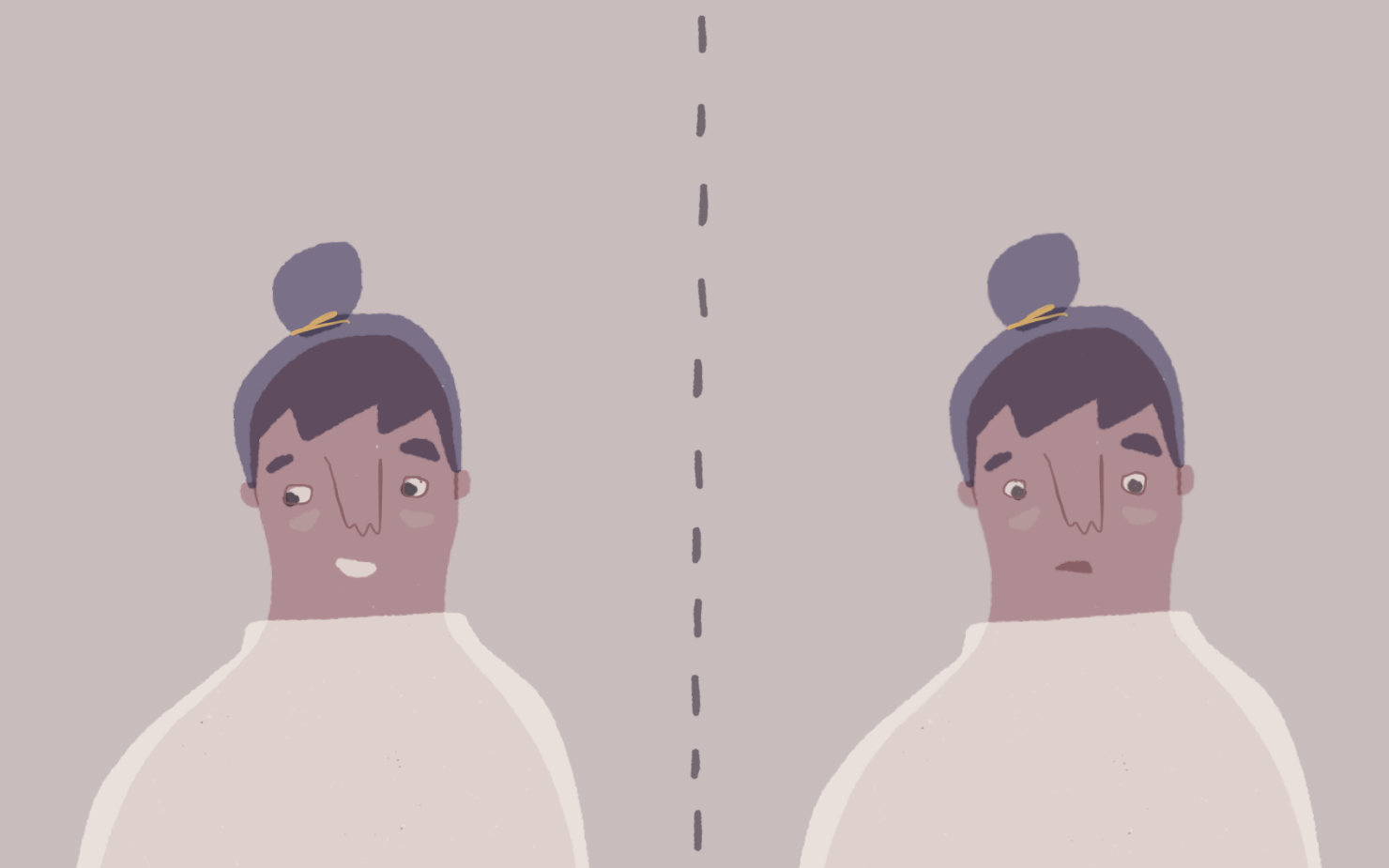
Transforming your everyday relationships... Part 3
I’ve recently been re-reading True Colors by Dr Roger Birkman1, the creator of The Birkman Method®.
In the book, he talks about how we learn to behave in certain ways as we grow up - doing the things that we believe will help us succeed in the workplace, or that our parents drummed into us as we were growing up. We may have been told: ‘don’t talk too much’ or alternatively, ‘always speak up’, ‘join in with the team’ or ‘put on a brave face, whatever you’re feeling inside’.
In short this is our ‘socialised behaviour’. It is very useful to us at times but it’s not the whole picture of who we are.
Our ‘real me’ may prefer to be something quite different and may find behaving in those ways we were ‘taught’ a real strain at times. We may prefer to be alone, to write things rather than speak them; we may enjoy personal achievement more than team achievement or enjoy being with extroverts even though we are often quiet.
Our Birkman scores reveal these differences through the contrast between our Usual behaviour and our Needs.
Look to see if you have a big gap between your Usual (diamond) and Need (circle) score on the Map/Grid, or - if you have a report with your in-depth component scores - do any scores have big gaps (e.g. over 40 points) between Usual and Needs? These show you where your socialised behaviour and preferred behaviour differ significantly.
So, as we interact with people around us, we can be sure that many of these people are also dealing with a tension between their practised socialised self and their preferred or ‘real me’. You may know already that Birkman Usual and Stress behaviours are visible, whereas Needs are invisible or hidden. You won’t know my Needs unless I reveal them, by sharing my Birkman scores or explaining them to you - and I won’t know yours.
So, if we’ve both done Birkman (whether Signature, expresso or Snapshot) we can share the ‘secrets’ and insights of these differences and that will help us treat each other as we prefer to be treated (based on each others’ Needs), rather than as we appear (our Usual, or at times, our Stress behaviour).
What a gift to transforming relationships this is! We have gone beneath the socialised behaviour to the preference, and now the way we are makes so much more sense to each other!
However, there are all those other people who don’t have Birkman (yet!). What about them? Well, I have learnt it’s very difficult to ‘guess’ at someone else’s colours and scores. There is so much complexity going on and we can be right on some things and completely wrong on others! So best not to depend on guesses, especially of invisible/hidden Needs!
The only clue we may have is to notice what Stress behaviours appear and to offer an appropriate attempt to meet the need that is often (but not always) associated with that Stress behaviour. Go back to the Map/Grid framework. Needs are usually (but not always) predictors of Stress behaviours.
A simple way to think of it is like this:
- Top of the map Stress is outspoken and aggressive
- Bottom of the map is withdrawn and resistant
- Left of the map is overly objective and detached (impersonal)
- Right of the map is overly subjective and emotional
So if you see these happening you may be correct in concluding that 1-4 above need 1-4 below respectively:
- Needs more clarity and assurance of benefits (tell and sell)
- Needs more one on one attention and detail of what’s expected (connect and expect)
- Needs more focus on task and objectivity
- Needs more focus on people and feelings
So you can try providing more of the the relevant second list and see what happens - you may just find the person starts to step out of their Stress and back into some more positive behaviour and that will be good! If not, there must be some greater complexity that only the individual’s Birkman scores will shed light on!
1 Birkman, Roger W. (1995) True Colours, Thomas Nelson Publishers, Nashville
